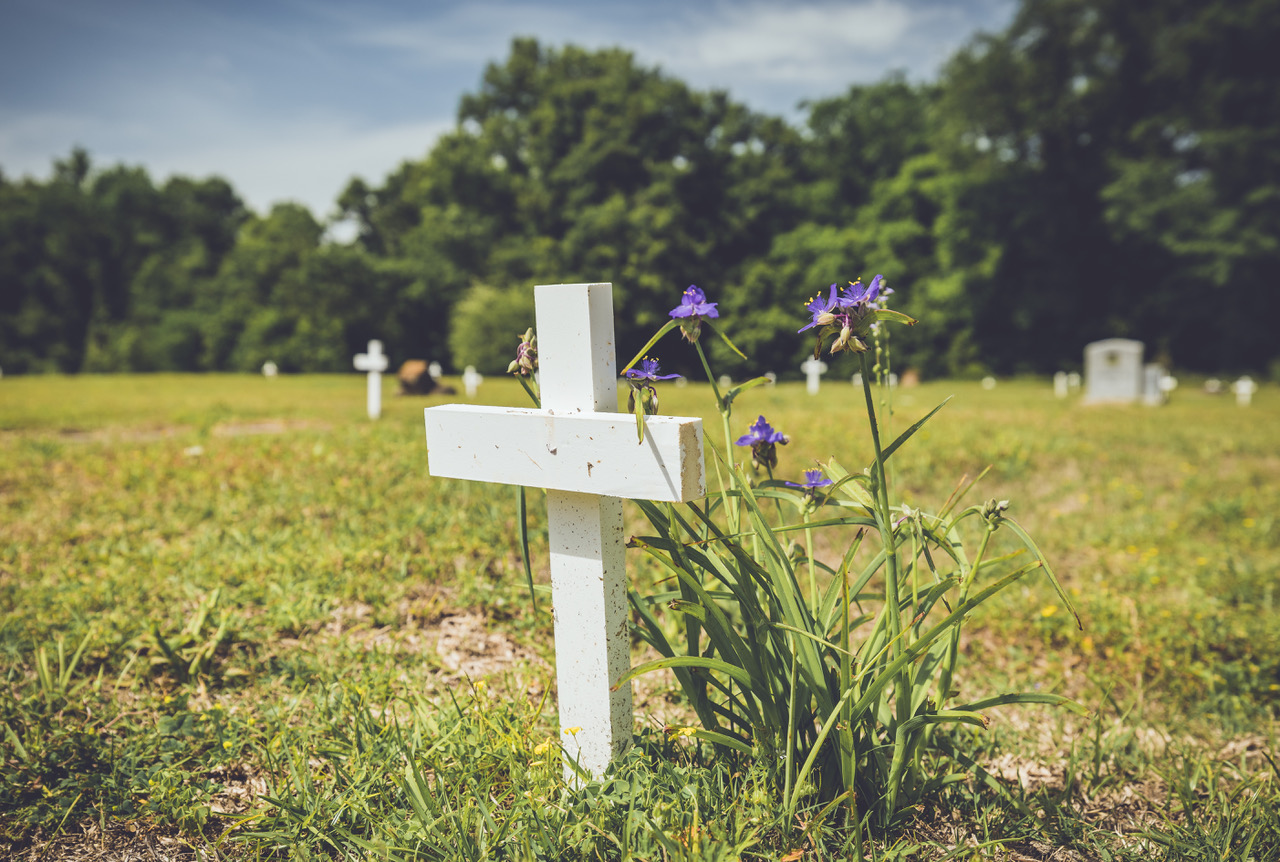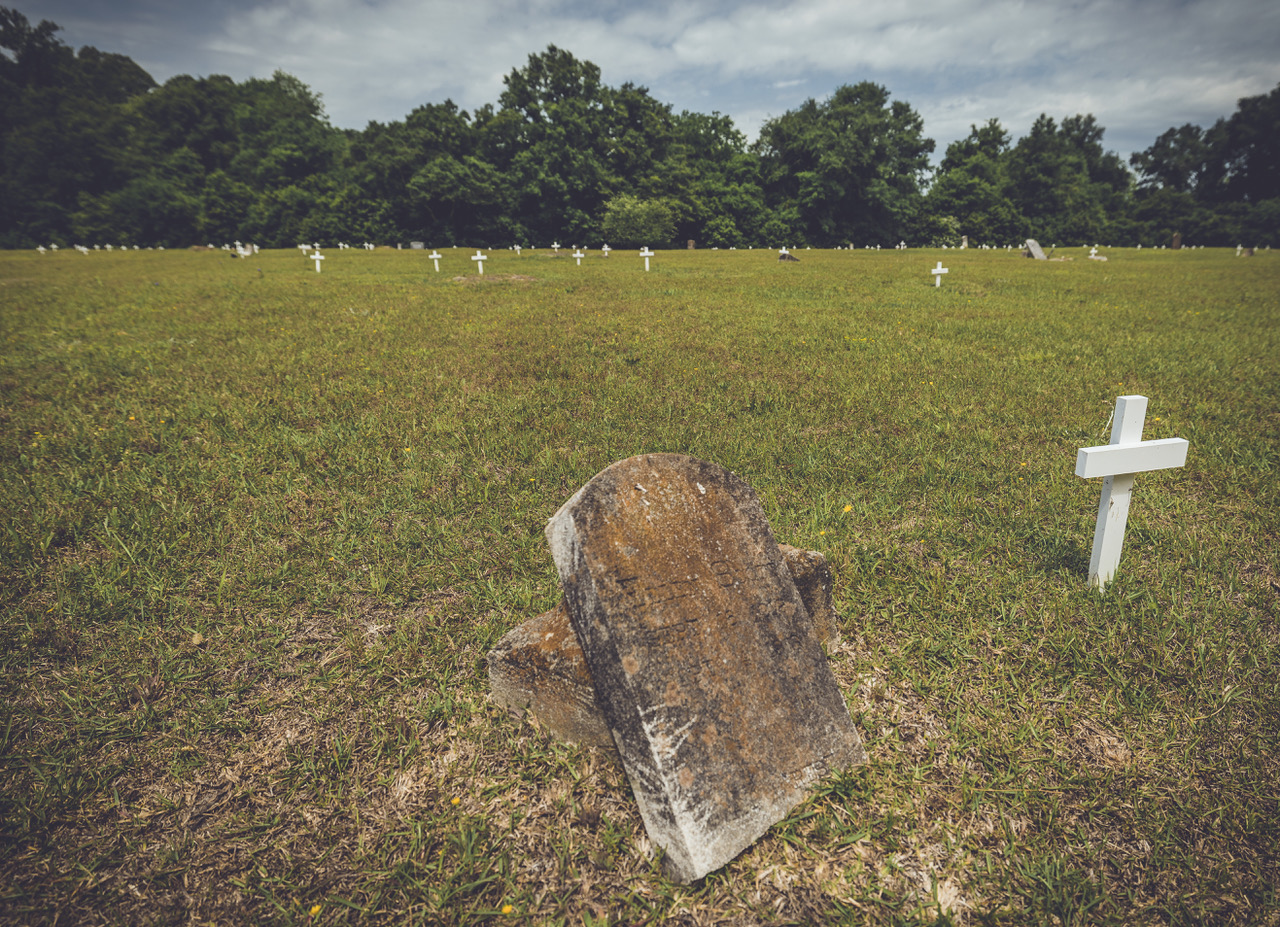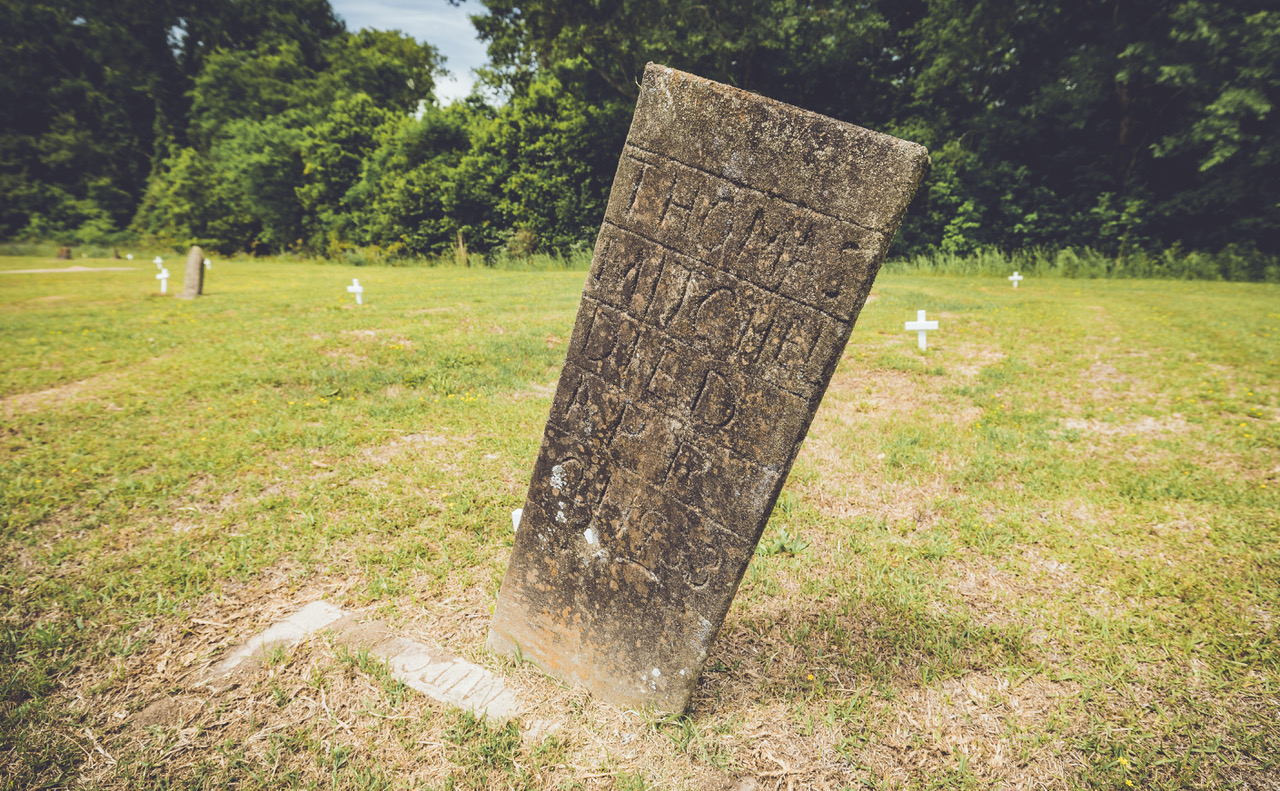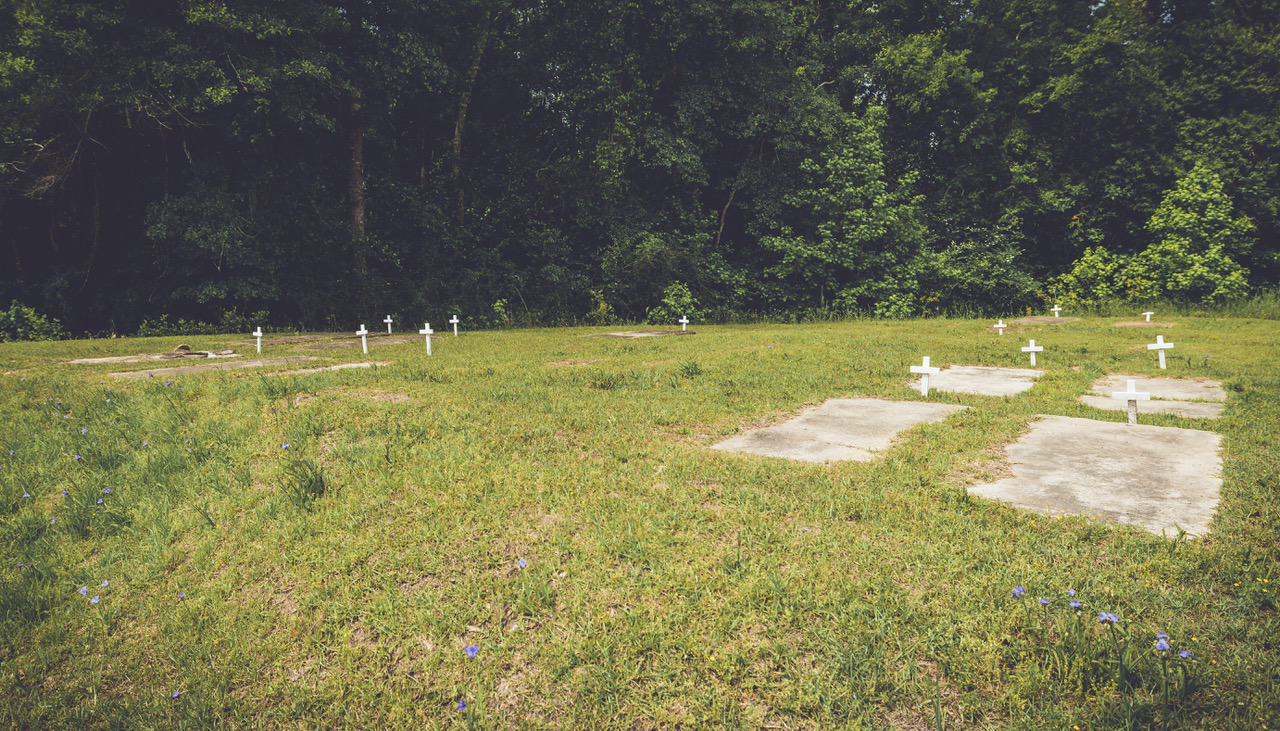
Have you ever wondered about your family background? There are bodies deep down in the earth everywhere you walk. Even though they are gone, you can still show them love and give them flowers. Let’s take a journey to the ‘Cross the Creek Cemetery where lost souls finally found a place to call their forever home. This cemetery marks the home of many pastors, war veterans, and babies who did not even get a chance at life.
Located five minutes from downtown, ‘Cross the Creek Cemetery has history of African Americans that dates back to the late 1800s. Hidden behind a water treatment plant lay the bodies and head stones of loved ones. The cemetery started across the street from the Second Baptist Church. It was called Scottsville Cemetery. The area became overcrowded and needed more space to continue to lay bodies.
Located just minutes from downtown Dublin at 106 Parker Dairy Road, ‘Cross the Creek Cemetery is a place where nearly half a century forgotten souls were lost and where African American history and family roots run deep. These are the women who cooked people’s food, cleaned houses, and performed tasks that no one else could or would do. These are the men who built buildings, shined shoes, and taught children. At least seven men who fought and served our country in World Wars I and II. This historic cemetery is full of wondrous history, curiosity, and master stone artistry with nearly fifteen hundred departed souls. Take a glimpse into the history of Dublin GA through stories of those who lived it.
The city of Dublin purchased a plot of land in 1895 on North Decatur Street from Mary Wolf for the establishment of an African American cemetery settled in the small community of Scottsville. The Scottsville Cemetery became full in a decade and burials were no longer accepted. Residents expressed a strong residence in locating an African American Cemetery outside of the Scottsville neighborhood. They proclaimed that if you (The City officials and Black Residents) want a cemetery in this area, you are going to have to go ‘cross the creek. The city council began to work on a new location after a judge ordered and allowed burials to commence by stating in essence, “Even the “darkies” of Dublin should not have to go ‘cross the creek to bury their dead.” The City of Dublin purchased 21 acres of land from T. B. Hudson for $1576.00 in 1906. By the end of 1906, the city required a permit to be buried in the cemetery.
Segregated History
Beneath these sunken holes and weathered tombstones lie the mortal remains of fathers, mothers, and sadly many children. There are masons, brick, and the Free and Accepted ones too. At least fourteen ministers of the Gospel who left their mortal remains are now resting peacefully in Heaven. The cemetery itself may have never been saved without the efforts of Jimmy Sawyer, a city superintendent, who began working voluntarily there as a teenager in the 1960s. Sawyer cleared a maze of trees, briars, and shrubs to retain the area in a maintainable condition. Based on the information available, there are at least fifty slaves in this graveyard who worked in the long, hot, dirty fields and massive plantation houses. Emma Webster and Amanda Miller were only children when they gained their freedom.
The missing documents to identify the burials were found when Northview Cemetery was being revamped. A small collection of books titled ‘Negro Cemetery’ was discovered in the back of a drawer in a desk that was supposedly been thrown away. These books contained information on internment and the funeral home managing burials from 1927-1945. These burials were entered into Find a Grave. Burial records from 1906 through 1926 and from 1945 until the last burial of Clara Page in November 1965 have been misplaced or lost.
History Buffs Paradise
At this cemetery lies the remains of Annie E. Hurst and St. Clair McCormick Shurney. Annie E. Hurst’s grandson is the six-time World Boxing Champion ‘Sugar Ray Robinson. He was raised up in Dublin GA and stood next to his grandmother’s grave in 1948. Mrs. Shurney passed away when her son, Robert Shurney, was just a small child. Without the benefit of a high school diploma, he obtained a degree in physics from Tennessee State University as a prelude to his work as a N.A.S.A. physicist. Dr. Shurney worked on balancing the Saturn V moon rockets, created the tires for the Apollo lunar rovers, better methods of eating in space, training astronauts in a simulated weightless environment, and the first permanent bathroom in a spacecraft. What once was banished souls of ‘Cross The Creek is now a forever home.
In 1932, the Dudley family sought to establish a cemetery on their land from the top of North Washington Street and North Decatur Street along East Mary Street. Residents of the Scottsville Community objected to the idea. A neatly compiled book carried the records of burials in the cemetery with names, dates of internment, and the funeral home conducting the burials from 1927 to 1945. A local judge restrained the city and Dudley from any more burials. The court reversed the decision stating, “Even the darkies of Dublin should not have to go across the creek to bury their dead.” To the sweet little Margaret Price, whose death broke her parent’s hearts seven months after her birth. Our hearts go out to the families of the hundreds of infants who never knew what living was.
Today, a new sign, directory, and benches have been installed where visitors can enjoy the serenity found only from across the creek.
Downtown Dublin Historic Walking Tour
Learn more about history and Civil Rights Movement with the Downtown Dublin Walking Tour. Start at your tour at the MLK Monument Park, then journey through downtown experiencing 71 different sites, including the Dudley Motel where King and other prominent Civil Rights leaders would eat, stay, fuel up, and meet as they planned marches across the Southeast.







